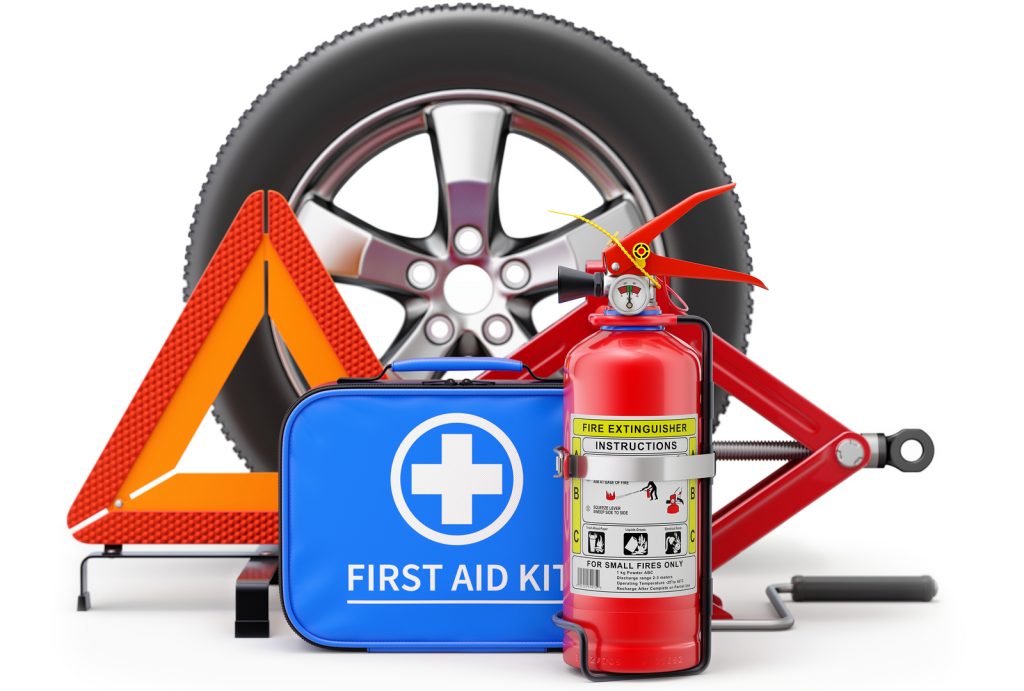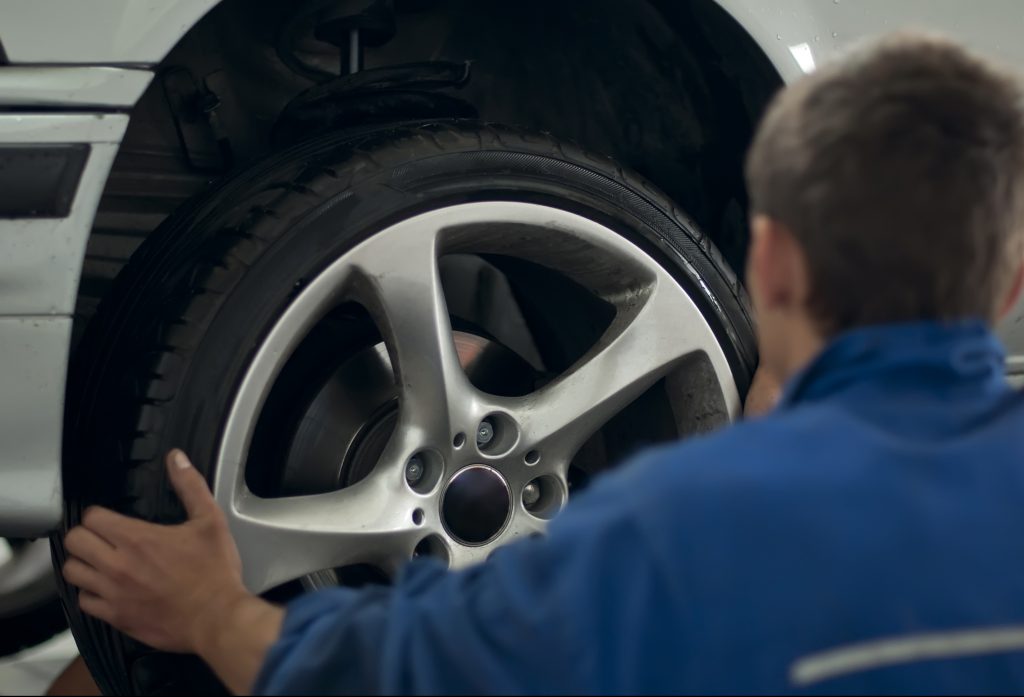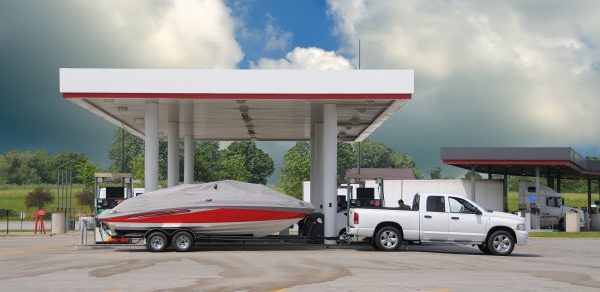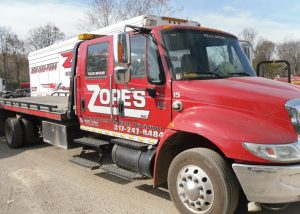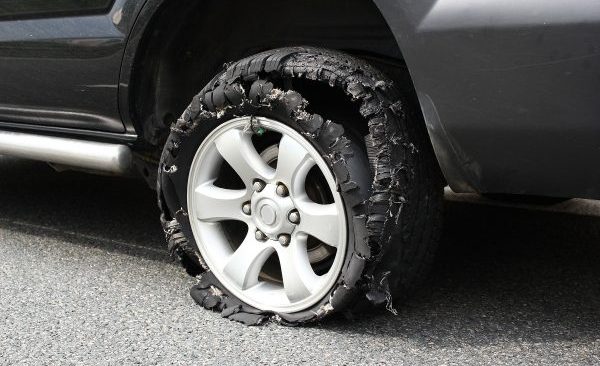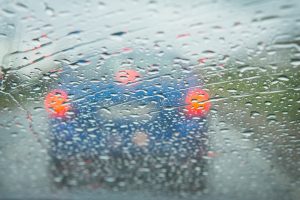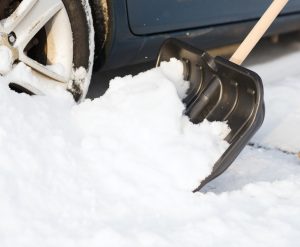In last month’s blog, we discuss several methods of tire maintenance and care. You learned that colder temperatures cause tires to lose more air, thus requiring them to be inflated more frequently in the winter season. It is important to regularly check tire pressure to ensure that your vehicle is operating as safely and efficiently as possible. Furthermore, it is important that your tires have sufficient tread in order to maintain proper traction and maneuverability on the road. Not sure what good tire tread looks like? Just implement the age-old tire treat penny test!
Continue reading to learn how to use a penny to determine the condition of your tire’s tread.

Tire Tread Inspections
You can surely find a penny anywhere. If not in your home, certainly in your cup holder, glove box, pocket or purse, or even on the street! What we mean to convey is, pennies are not hard to come by, making them the perfect and most convenient automotive tool you can have on hand. So how can a penny give you vital information about the quality and condition of your tires? The answer has to do with the size of a penny. But before you can understand this, you must first learn how to implement the tire tread penny test.
Tire Tread Penny Test:
Vertically insert a penny in between two grooves of your tire so that the penny’s face is looking straight ahead.
Inspect Lincoln’s head position. If you can see Lincoln’s face, your tread is low, and you likely need new tires. If you cannot see the President’s head, your tire tread is still in good condition.
Consequences of Low Tire Tread
If you discover that your tire tread is low, it is wise to start thinking about tire replacement. Otherwise, you can be putting yourself and the mechanical operations of your vehicle, at risk. Not only do low tread tires have little traction on the road, they also cause slow or unpredictable braking operations. In wet conditions, low tire tread can cause your vehicle to spin out of control, or veer off the road. Furthermore, low tread causes reduced fuel efficiency, costing you more money in gasoline.
Need Emergency Tire Assistance?

Call Zore’s Towing at 317-247-8484 for 24 hour roadside assistance and towing services in Indianapolis and throughout Central Indiana. Our friendly staff is waiting by the phones, ready to help you get back on the road, safe and sound. We operate 24 hours a day, 7 days a week, and 365 days a year, so you can always count on us. Request a free estimate, today.

